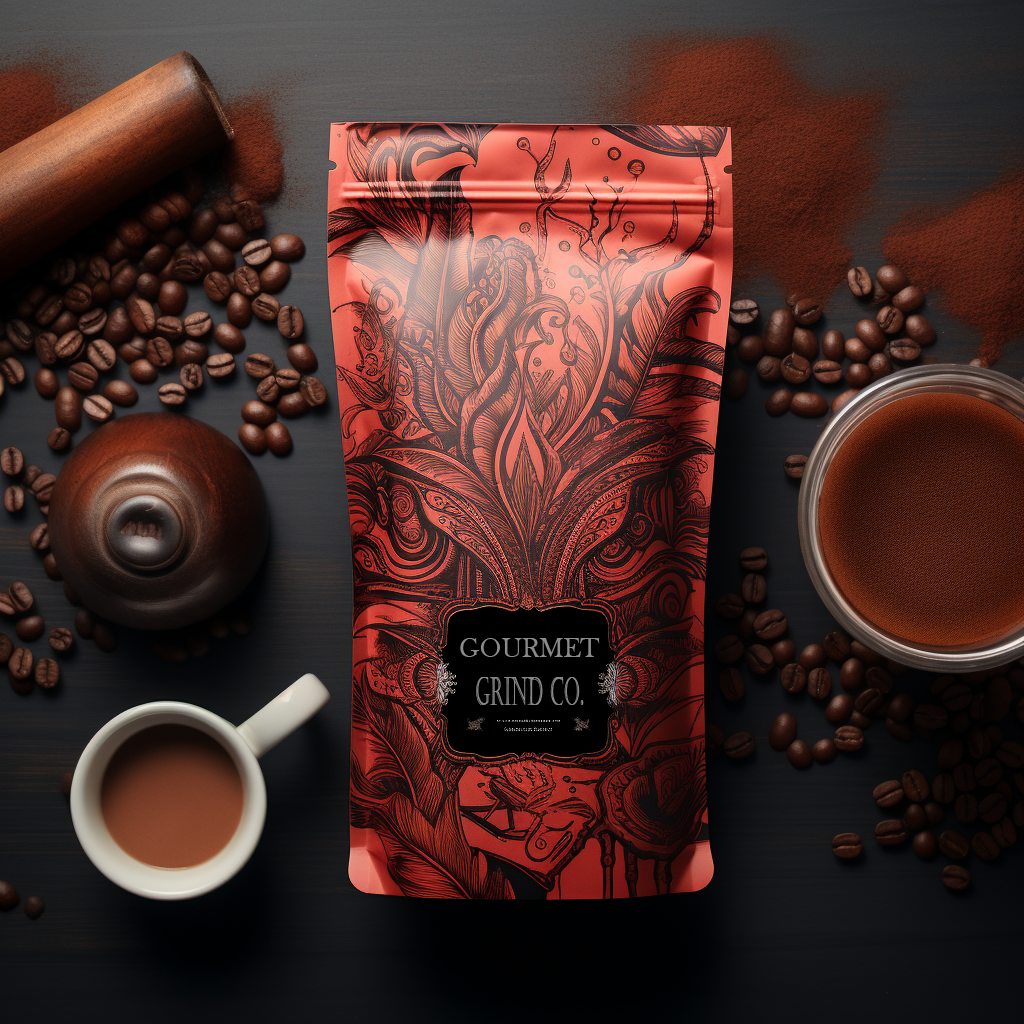Packaging design is a silent salesman, an art form that combines aesthetics, functionality, and psychology to create an unforgettable brand experience. In this blog post, we delve into the fascinating world of packaging design, exploring its significance, principles, and the impact it has on consumers and businesses alike.
The Power of Packaging
Packaging design is not merely a container; it’s a powerful marketing tool. Here’s why it matters:
First Impressions: Your packaging is often the first point of contact consumers have with your product. It must immediately grab their attention and pique their interest.
Brand Identity: Packaging serves as a visual ambassador for your brand. It conveys your brand’s personality, values, and promise.
Differentiation: In crowded markets, distinctive packaging sets you apart from the competition. It can become a key factor in a consumer’s decision-making process.
Functionality: Beyond aesthetics, packaging must be practical. It should protect the product, ensure freshness, and make consumption or usage convenient.
Emotional Connection: Effective packaging design can evoke emotions and create a sense of nostalgia or desire, influencing purchasing decisions.
Principles of Packaging Design
Successful packaging design is rooted in several key principles:
Simplicity: Clarity and simplicity in design help consumers quickly understand the product and its benefits.
Relevance: Packaging should align with the product’s nature and the target audience’s preferences.
Consistency: Packaging should maintain brand consistency to strengthen recognition and trust.
Sustainability: Eco-conscious consumers appreciate environmentally friendly packaging, which can be a selling point.
Storytelling: Packaging should tell a compelling story that resonates with consumers. It should convey the product’s journey and value.
Impact on Consumers
Packaging design’s influence on consumers is profound:
Visual Appeal: Eye-catching design can attract consumers and spark their curiosity, even from a distance.
Trustworthiness: Thoughtfully designed packaging suggests quality and reliability, which can influence purchasing decisions.
Emotional Connection: Packaging can tap into consumers’ emotions, creating a bond between the brand and the consumer.
User Experience: Packaging design affects how easy it is for consumers to access and use the product, enhancing their overall experience.
Case Studies in Packaging Design
Several brands have redefined their success through innovative packaging design. For example, Apple’s iconic packaging reflects the brand’s dedication to sleek and minimalistic design, enhancing the premium feel of their products. Similarly, Coca-Cola’s classic contour bottle is a design masterpiece that has become synonymous with the brand.
Conclusion
Packaging design is both an art and a science, where aesthetics meet psychology, and functionality meets creativity. It’s the bridge between your brand and your customers, influencing their perceptions, decisions, and loyalty. Whether you’re a product manufacturer, a marketer, or a consumer, understanding the importance of packaging design can lead to more informed choices and a deeper appreciation for the visual storytelling that surrounds us every day. In the end, great packaging design doesn’t just protect a product; it elevates it to an unforgettable experience.

